Arctic violet demand disturbed soil so that the seeds can germinate. The plant is strongly favored by forest fires, which creates suitable habitat.
On average there has been a fire every 35 year on localities with Arctic violet. Nowadays, there aren’t any forest fires, so the forest become too dense and the moss/lichen layer are too thick which makes it more difficult for Arctic violet to set seeds.
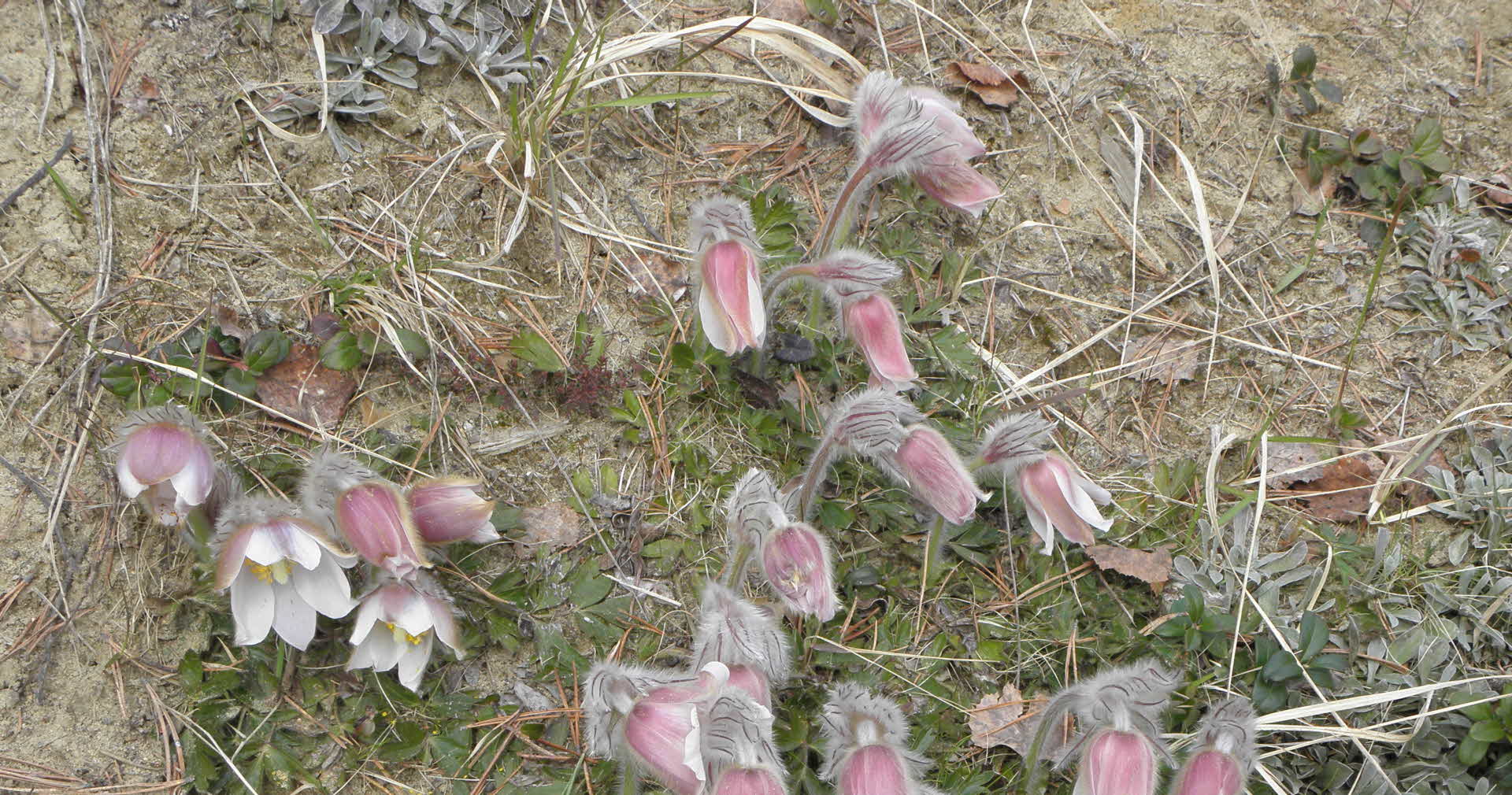
- FOREST
- SCA's FORESTS
- WELCOME TO OUR FOREST
- FÅSSJÖDALS FOREST FOR ARCTIC VIOLET
Fåssjödal forest for Arctic violet
Welcome to Fåssjödal forest for Arctic violet. The area covers around 100 hectares of SCA land. Here we manage the threatened plant, Arctic violet with methods that are suitable for its needs. The work is a collaboration with the County administration in Jämtland.
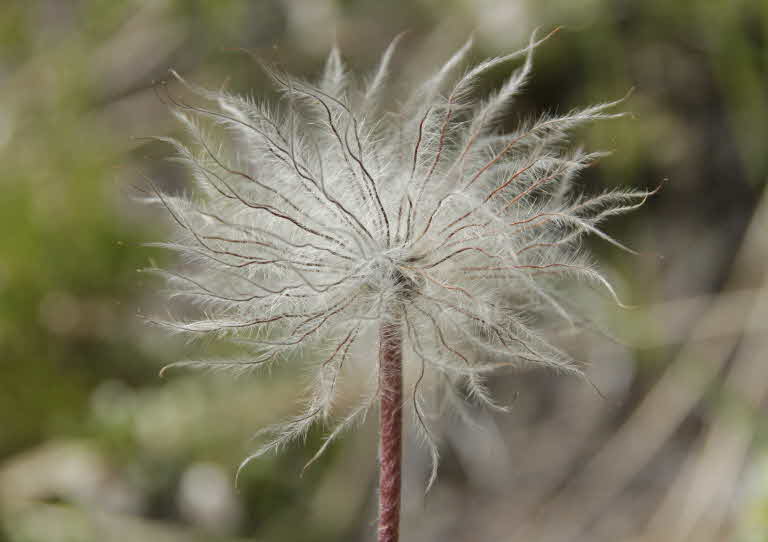
Arctic violet (Pulsatilla vernalis) is the first to bloom in the spring of the four Pulsatilla species that occurs in Sweden. They bloom from April to the middle of June but with great variations depending on snow depth and temperature. The Arctic violet’s flowers are white inside and violet to reddish on the outside. The stem and buds are lined with silky hair.
Arctic violet does not have any long lived seedbank which means it can’t have its seeds laying in the soil for many years and still keep its germanition The plant however, can become very old, nearly 100 years. The seeds are hairy and adopted to drill themselves into the soil. The distance of spread is short and most of the seeds is dropped within a meter from the plant. But seeds that are spread by animals can give a more long distance spread. It is not likely that the flower can reclaim old sites. Bumblebees are vital for pollinating the Arctic violets flowers. They are attracted by the nectar and by an abundance of pollen.
Action plan
Inventories in Sweden has shown that the species has disappeared from almost 40 percent of its localities. Arctic violet is protected in Sweden and it is regarded as endangered (EN) in the Swedish Red List. The species is in a drastic decline throughout its distribution range.
Arctic violet is a species that are covered by an Action plan established by the Swedish Environmental Protection Agency (SEPA). The overall goal is that the species can be removed from the Swedish red list.
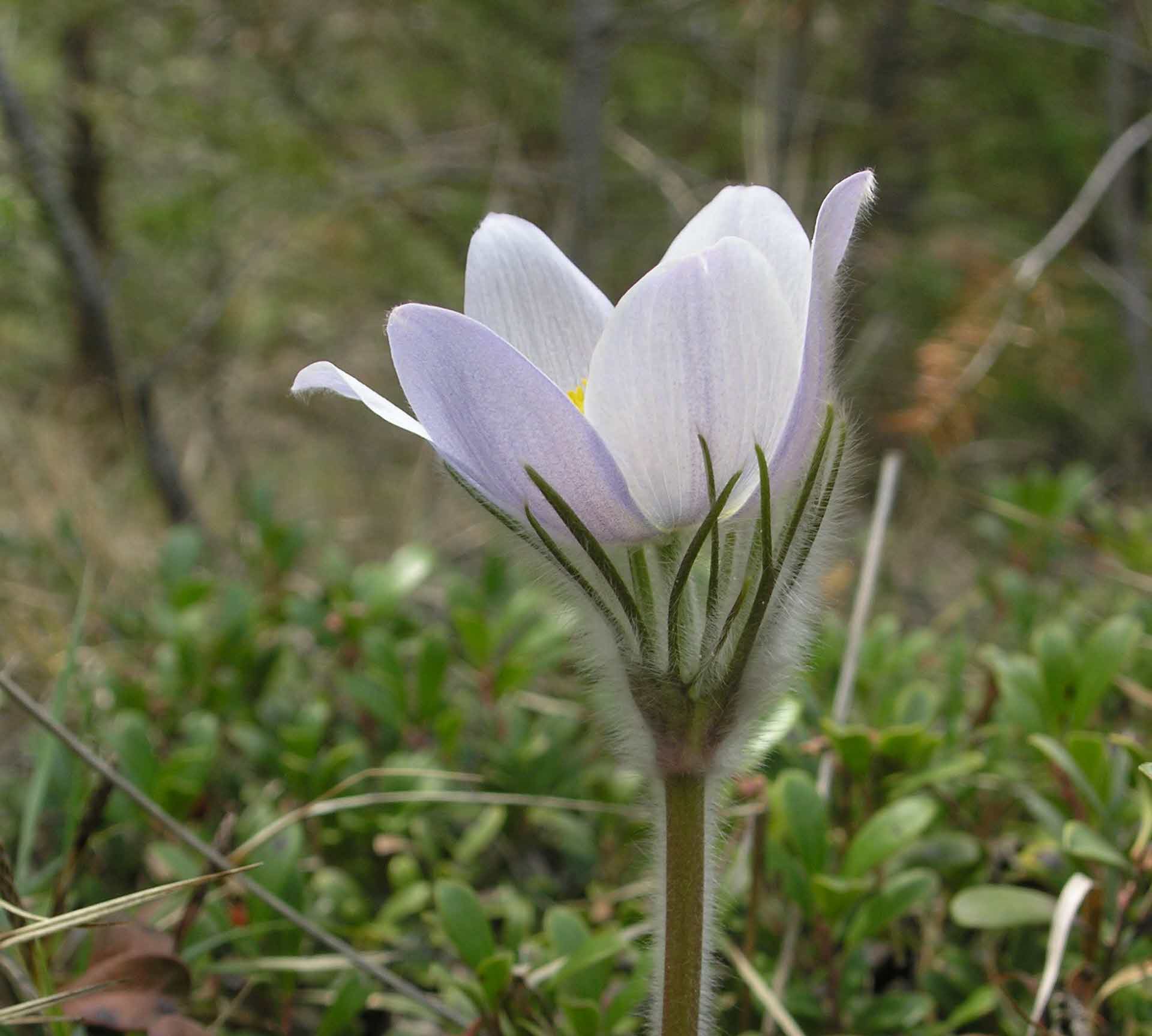
Favored by fire
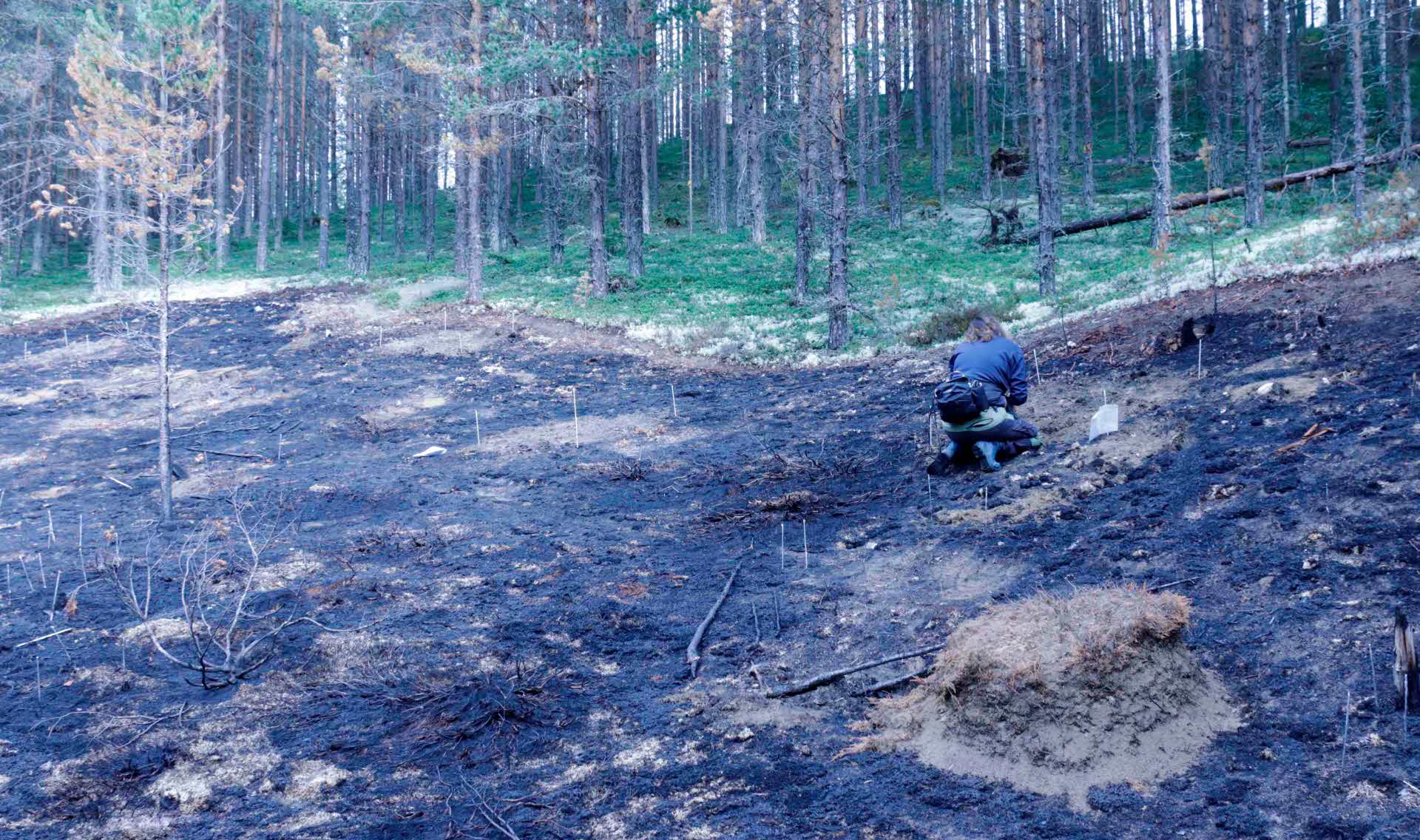
Adapted management
SCA will adapt its management of the area so it suits the Arctic violet. We will cooperate with experts and scientist so we make the best management.
Prescribed fire will be an important management and we will adjust the size of the fire fields so we can burn safely and burn smaller areas under a long period of time which will create more diversity. Plants that have lived in dense forest with thick layers of moss/lichen and humus for a long time can start blooming again after a prescribed fire and produce vital seeds.
Benefit other species
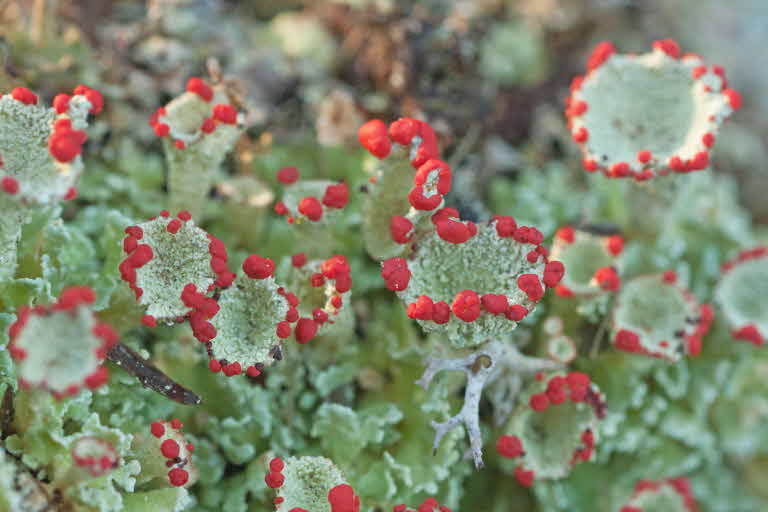
There are several other species in the area that needs adapted management methods. Our hope is that we can make a difference even for these species. In well drained pine forests on sandy soil there is a chance to find some specialized species that only live in these kinds of habitats.
Fåssjödals forest for Arctic violet is rich in ground dwelling fungus such as; Hydnellum caeruleum (NT), H. ferrugineum, H. peckii, H. aurantiacum (NT), H.Gracilipes (VU), Sarcodon squamosus (NT), S.scabrosus (NT), lbatrellus subrubesccens (VU), Boletopsis grisea (VU) and Ramaria boreimaxima (VU). The abbreviations NT means Near Threatened and VU means Vulnerable according to the Swedish red list.
Fåssjödals forest for Arctic violet are also rich in ground living lichens mostly reindeer lichens and other species in the genus Cladonia such as the red listed C. parasitica.
Picture: Cladonia coccifera, photo: Tomas Rydkvist